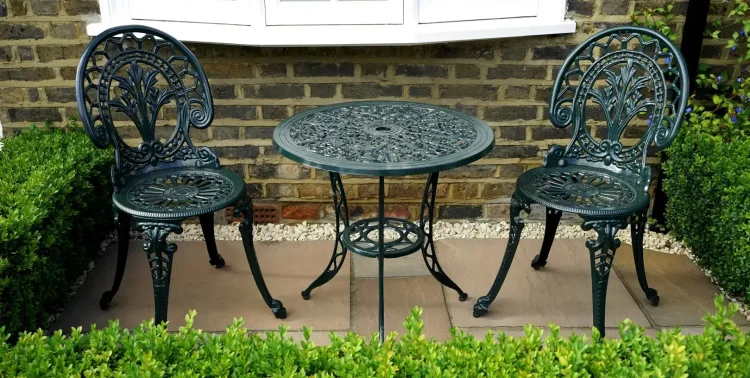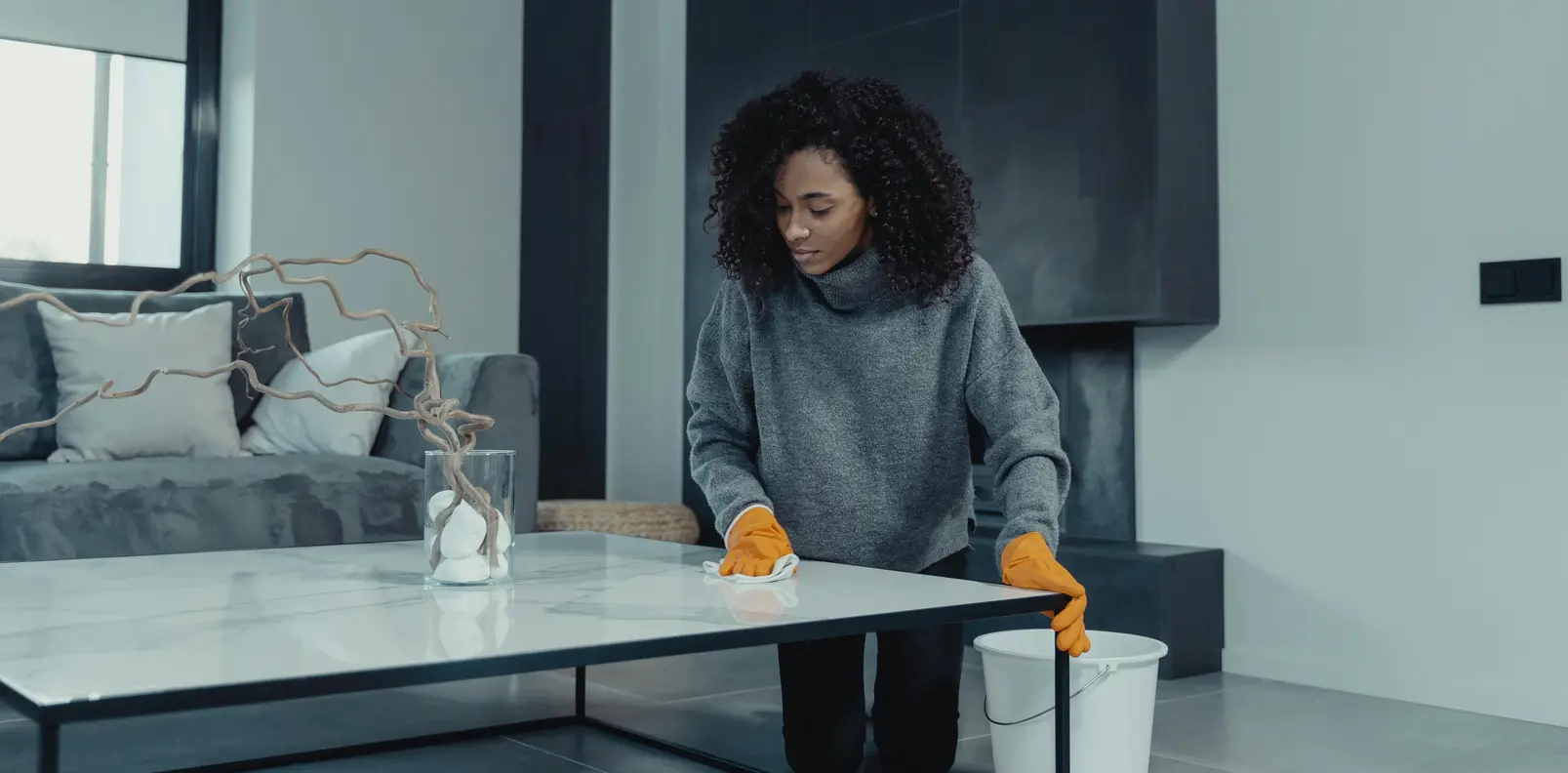Understanding Your Garden Furniture Materials
Before you dive into the cleaning process, it’s crucial to understand the types of materials your garden furniture is made from. Different materials require different cleaning methods to ensure longevity and maintain their appearance. Common materials include wood, metal, plastic, and fabric.
Wooden Garden Furniture
Wooden furniture adds a touch of elegance to any garden. However, it can also be susceptible to mildew, mold, and weather damage. Here’s how to clean it:
- Step 1: Brush off loose dirt and debris using a soft brush.
- Step 2: Mix a solution of warm water and mild soap. Avoid harsh chemicals that can damage the wood.
- Step 3: Use a sponge or cloth to gently scrub the furniture, paying extra attention to any crevices where dirt can accumulate.
- Step 4: Rinse with clean water and allow it to air dry.
- Step 5: Apply a wood sealant or oil to protect the furniture from future damage and maintain its luster.
Metal Garden Furniture
Metal furniture, whether it’s wrought iron, aluminum, or steel, is durable and can withstand the elements. However, it can still accumulate rust and dirt. Follow these steps to keep it clean:
- Step 1: Remove loose dirt with a dry cloth.
- Step 2: Create a mixture of water and dish soap. Use a sponge to scrub the furniture.
- Step 3: For rust, use a mixture of white vinegar and water or a commercial rust remover. Scrub with a soft brush.
- Step 4: Rinse thoroughly and dry with a towel to prevent water spots.
- Step 5: Apply a metal protector spray to prevent rust and corrosion in the future.
Plastic Garden Furniture
Plastic furniture is often the easiest to clean, but it can also become discolored over time. Here’s how to restore its shine:
- Step 1: Wipe down the furniture with a damp cloth to remove surface dirt.
- Step 2: Make a cleaning solution of 1/4 cup of baking soda and 1 quart of warm water.
- Step 3: Use a sponge or scrub brush to clean the furniture.
- Step 4: For stubborn stains, use a mixture of white vinegar and water.
- Step 5: Rinse thoroughly and allow it to air dry.
Fabric Furniture and Cushions
Many garden furniture sets come with fabric cushions and parts that can get grimy. Cleaning fabric requires delicate care to prevent damage:
- Step 1: Remove cushions and covers, if possible. Check the care label for washing instructions.
- Step 2: For removable covers, machine wash on a gentle cycle with mild detergent.
- Step 3: For non-removable fabric, use a solution of water and mild soap. Spot-clean with a cloth or a soft-bristle brush.
- Step 4: Rinse the area with a damp cloth and let it air dry completely.
- Step 5: Use a fabric protector spray to shield against future stains and spills.
Eco-Friendly Cleaning Solutions and Practices
Maintaining your garden furniture doesn’t have to come at the expense of the environment. Here are some eco-friendly cleaning tips:
- Use natural cleaning solutions like white vinegar, baking soda, and lemon juice, which are effective and biodegradable.
- Choose plant-based soaps and detergents to minimize chemical runoff into your garden.
- Opt for microfiber cloths and sponges, which can be reused and reduce waste.
- Collect rainwater for cleaning purposes to conserve tap water.
Regular Maintenance Tips
Maintaining the cleanliness and appearance of your garden furniture is easier with regular maintenance. Here are some tips to keep your furniture looking its best all year round:
- Cover your furniture when not in use, especially during harsh weather conditions.
- Store cushions in a dry and cool place to prevent mold and mildew.
- Inspect furniture regularly for signs of damage or wear and address any issues promptly.
- Regularly dust and wipe down your furniture to prevent buildup of dirt and grime.
- Apply protective coatings such as sealants or sprays regularly to prolong the life of your furniture.
Summary
Cleaning garden furniture is a straightforward task when you understand the materials and use the appropriate cleaning methods. Whether your furniture is made of wood, metal, plastic, or fabric, these steps and tips will help you maintain its beauty and functionality. By incorporating eco-friendly cleaning solutions and following regular maintenance practices, you can ensure that your garden furniture remains a charming feature of your outdoor space for years to come.


















